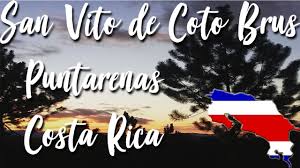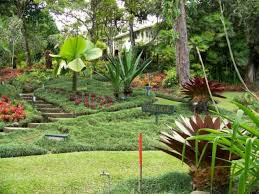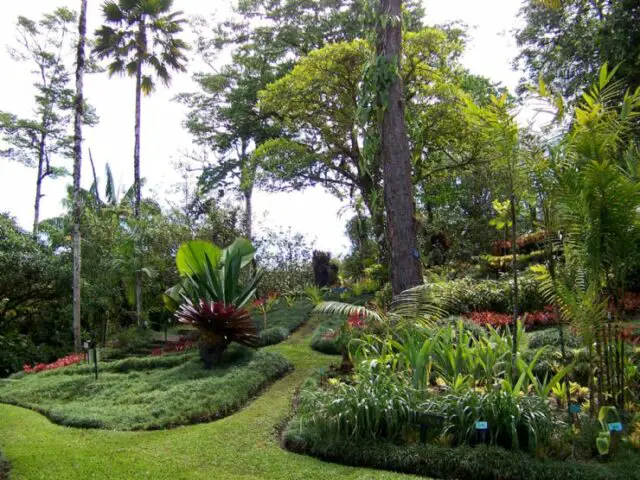
The canton of Coto Brus is located in South Puntarenas and borders Panama to the east and the canton of Buenos Aires to the north. Surrounded by lush forests and spectacular mountain ranges, San Vito is an ideal place for travelers hoping to explore the rain forests of Costa Rica.
San Vito, originally called San Vito de Java, forms the head cittown of the canton of Coto Brus, in the Puntarenas province of Costa Rica, close to the border with Panama. It is located at a distance of around 271 km southeast of San José, capital of the Republic, and 33 km north of Ciudad Neily.
The town is located on a plateau with very irregular topography, at an altitude of 1,009 meters above sea level and in the foothills of the Talamanca mountain range. The Java River, with a narrow and torrential course, runs from northwest to southeast on the outskirts of the town.
San Vito has an existence of just over 60 years and is an important center of the Brunca Region of the country.
The district has an area of 142.37 km² and has an estimated population of 14,839 inhabitants (2011). Of these, around 5,000 reside in the capital.
History

San Vito de Java responded to a process of planned foreign agricultural colonization, in which the Costa Rican state organized creating agricultural colonies. Its purpose was twofold: firstly, it sought to populate the country with immigrants and secondly, it intended to settle this population in peripheral parts of the country. In the case of San Vito, it was founded thanks to the colonization of people from Europe, specifically Italy.
In 1952 (during the post-war socio-economic crisis in Europe) a group of Italian pioneers of forty different places, from Trieste to Taranto, with a handful from Istria and Dalmatia, was energetically led by the brothers Vito Giulio Cesar and Ugo Sansonetti.
Italian immigration is a typical example of directed agricultural colonization, which in many respects resembles that of other parts of Latin America. European immigrants came with the help of the Intergovernmental Committee for European Migration (CIME).
Vito Sansoneti (1916-1999 †) a seaman by profession, was the founder of the colonizing company which he called the Italian Agricultural Colonization Society (SICA) and was in charge of negotiations with the Costa Rican authorities, represented by the Land Institute and Colonization (ITCO). His brother, the lawyer Ugo Sansonetti, lived in San Vito, working as a director and agent of the company in the region.
Until then, the sector was known only as Coto Brus, the toponymy of indigenous origin. At that time, the country was very interested in expanding new agricultural frontiers to develop and diversify the economy, as well as to encourage foreign investment with soft bank loans and land transfers.

The SICA had an initial capital of $ 800,000 that was later delivered through the sale of shares and different loans of Italian, Costa Rican, and North American origin.
The government of Costa Rica, at the initiative of SICA, offered 10,000 hectares of land, and in 1951 the contract was signed. SICA, on this occasion, promised to install 250 families of which 20% would be Costa Rican. The period from 1952 to 1964 was characterized by the settlement and consolidation of the colony. Each settler family received an area of 20 hectares to exploit agriculturally

